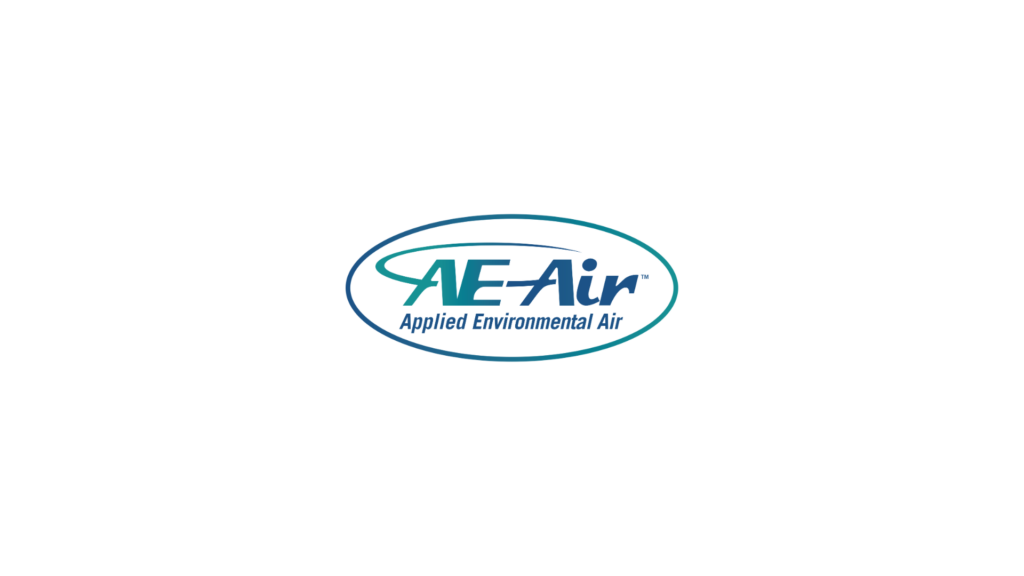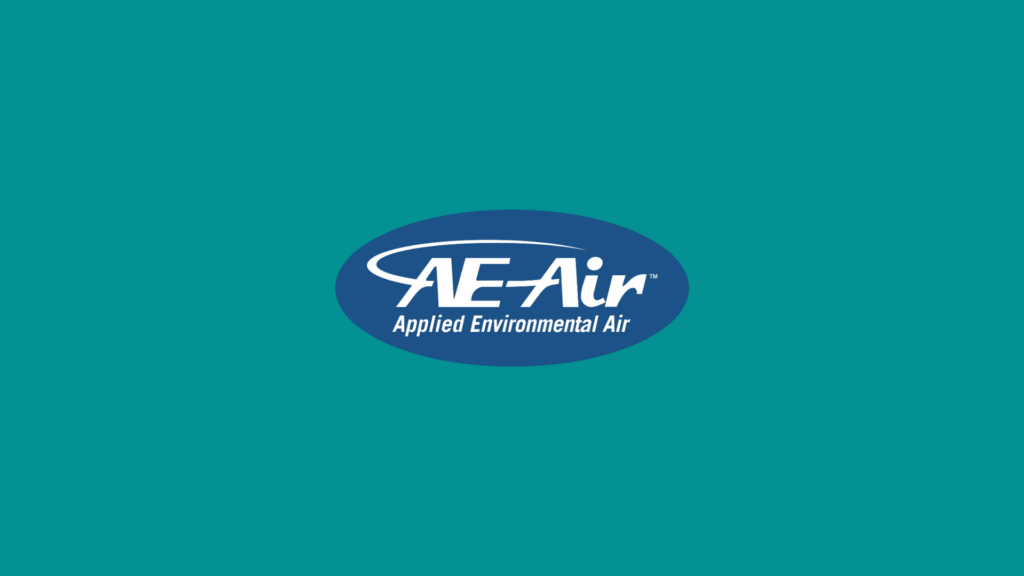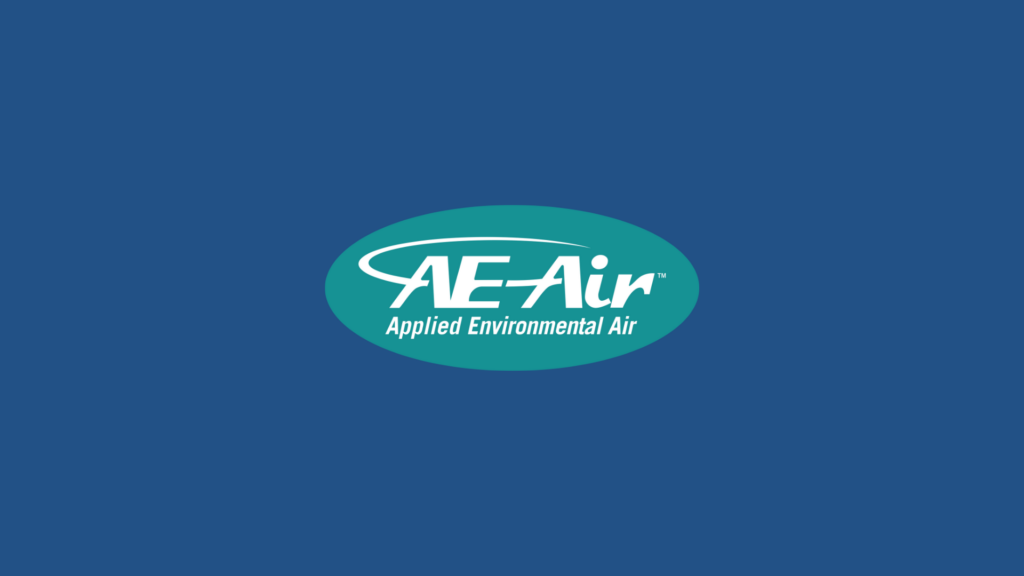Airflow optimization in HVAC systems is a crucial aspect of maintaining comfort and efficiency in condominium settings. Condos, with their dense layouts, often face unique challenges regarding ventilation and temperature control. Ensuring that air circulates effectively not only contributes to comfort but also significantly impacts energy consumption. Proper management of airflow can drastically enhance both the living experience for residents and the longevity of HVAC equipment.
Establishing efficient airflow requires understanding the specific needs and constraints of condominium units. It’s not simply about moving air; it’s about precision in distribution to address varying space demands. This precision ensures that every corner of a building receives adequate ventilation, avoiding common pitfalls like uneven temperatures or air stagnation.
Understanding Airflow Challenges in Condominiums
Condominiums present a set of challenges unique to their design and function. High-density living often means that there’s a lot of activity happening within compact spaces, which can lead to issues like inadequate ventilation and temperature imbalances. In some buildings, certain units might receive too much airflow while others get too little. Residents could face uncomfortably warm or chilly spots at different times of the year.
Why do these imbalances occur? It often boils down to the design and installation of the HVAC systems. Poorly designed systems fail to account for the intricacies of airflow through numerous units stacked closely together. This can lead to stagnant air, where ventilation is insufficient to refresh the indoor environment, making spaces feel stuffy or humid.
Consider a high-rise condo where certain units face the sun all day. If the HVAC system isn’t optimized, these units might overheat, causing discomfort to residents. Conversely, units on the shaded side might struggle to stay warm in cooler months. Moreover, older systems or those lacking proper maintenance can exacerbate these issues, leading to deeper inefficiencies and elevated operating costs for the building as a whole.
Overall, tackling these challenges isn’t just about fixing what’s visible but also addressing the underlying design and engineering that control the air movement within condominiums. Identifying these problems sets the stage for implementing effective strategies to enhance airflow. In doing so, residents enjoy a comfortable living space, while property owners benefit from more efficient energy use.
Key Strategies for Optimizing Airflow
Addressing airflow challenges in condominium HVAC systems involves strategic modifications. One effective method is using high-efficiency air distribution systems. These systems are designed to provide consistent and balanced airflow throughout the building. They help in minimizing temperature differences between units and ensure fresh air circulates effectively. This setup requires selecting the right ductwork and fans for optimal performance.
Another approach involves zoning, which gives control over airflow distribution in different building sections. Here’s how zoning can make a difference:
– Allows for separate temperature settings for various areas, accommodating different needs and preferences.
– Helps in reducing energy usage by directing air only where it’s needed, avoiding wastage in unoccupied spaces.
– Offers flexibility to adapt to changing occupancy patterns or seasonal requirements.
Incorporating advanced HVAC controls is also crucial. These controls offer precise management of airflow through automated and smart systems. By using sensors and real-time data, these controls adjust airflow to maintain desired conditions while conserving energy. Such technology provides a reliable means to optimize both comfort and efficiency across all condominium units.
Benefits of Optimized Airflow
Optimizing airflow yields several advantages that enhance living conditions and reduce costs. Improved indoor air quality is one of the most noticeable benefits. Proper ventilation ensures that pollutants and allergens are effectively managed, creating a healthier environment for residents. This is particularly important in high-density settings like condominiums where poor air quality can affect many people.
Enhanced energy efficiency is another key benefit. When airflow is optimized, HVAC systems do not have to work as hard to maintain comfort levels. This results in reduced energy consumption, which translates into lower utility bills. Additionally, by distributing the workload evenly, it helps prevent excessive wear on HVAC equipment, potentially increasing its lifespan.
Lastly, balanced airflow reduces the need for costly repairs and maintenance. By keeping the system running smoothly and avoiding overloads, property managers can avoid frequent breakdowns and service interruptions, offering a seamless experience for tenants.
Implementing AE Air’s HVAC Systems for Condominiums
For those looking to implement efficient HVAC systems in condos, it’s essential to focus on the specific features that can improve airflow. Innovative technology in HVAC products, such as variable speed fans and smart thermostats, can significantly enhance system performance. These innovations help in achieving precise control over airflow and ensuring it adapts to the unique demands of each building.
Practical tips for choosing the right HVAC solutions include considering the building’s layout, occupancy patterns, and climate conditions. Finding HVAC equipment that offers customization options will allow for more tailored solutions that fit each condo’s unique needs. Additionally, leveraging models that support scalability can accommodate any future expansions or changes in the building.
By focusing on these strategies and innovations in HVAC design, developers and architects can create condominium living spaces that are both comfortable and efficient. Implementing these tactics not only solves immediate airflow problems but also contributes to long-term energy conservation and resident satisfaction.
Enhancing Condominium Comfort with Strategic HVAC Airflow Solutions
Tackling the airflow challenges in condominium HVAC systems requires a thoughtful and strategic approach. These strategies, from high-efficiency systems to advanced controls, offer a roadmap for achieving optimal airflow. By prioritizing these improvements, residents can enjoy enhanced comfort, while property owners benefit from cost savings and system efficiency. Addressing these needs thoughtfully ensures a better quality of life for everyone living in a condominium setting.
Elevate the comfort and efficiency of your condominium with AE Air’s advanced solutions tailored for modern living. Our HVAC systems for condominiums are engineered to deliver optimal airflow and energy savings, enhancing your residents’ indoor environment. Discover how our innovative technologies can transform your building into a model of sustainability and comfort. Contact us today to explore solutions that meet your unique needs.



